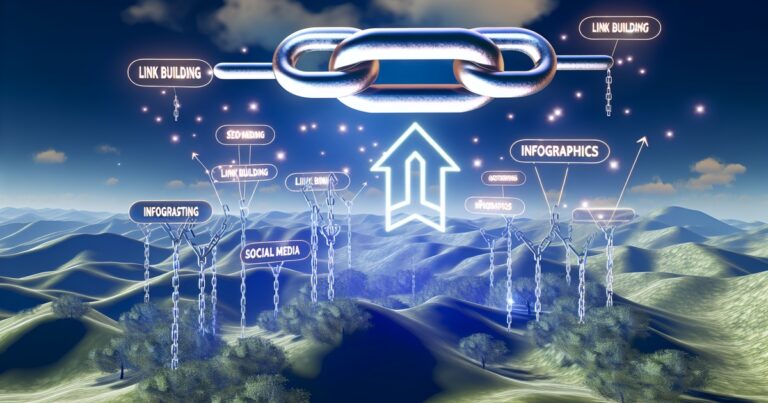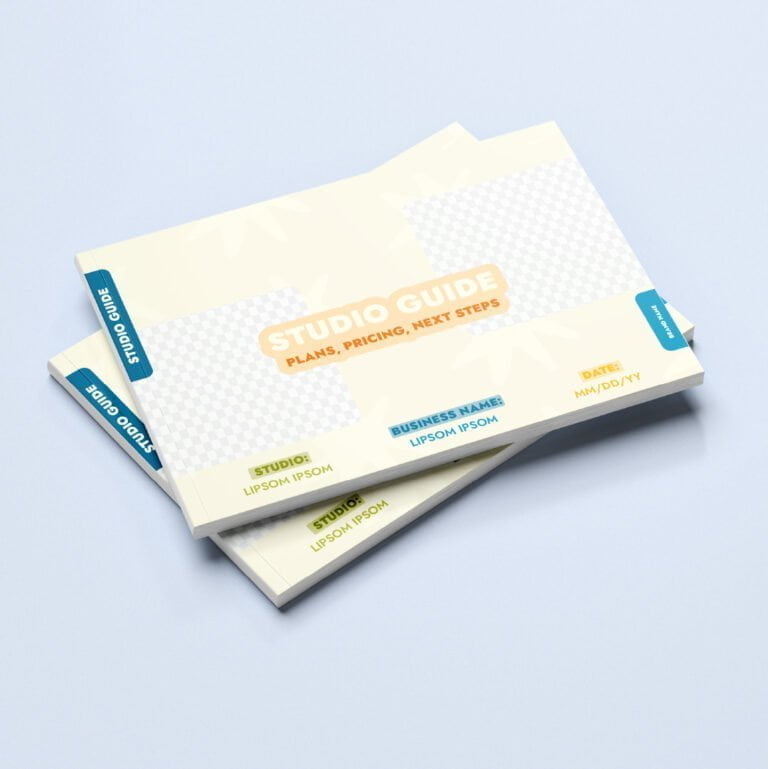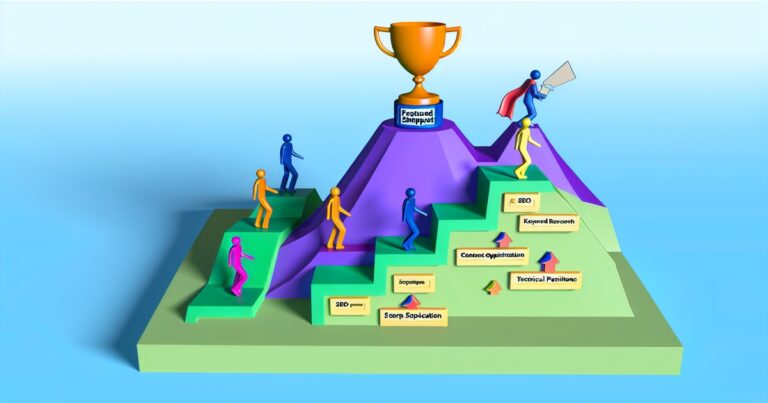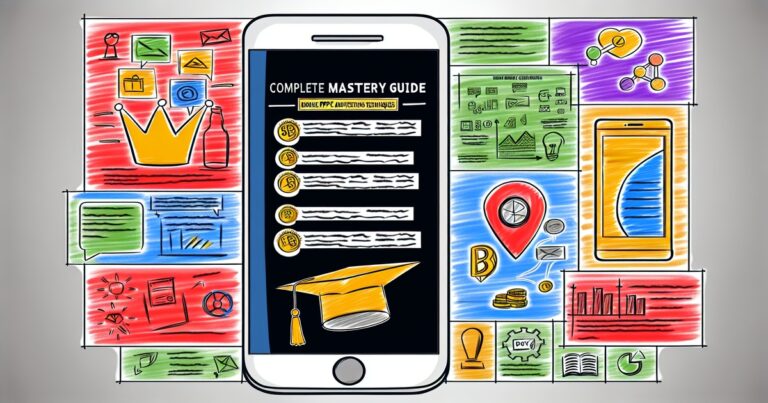As globalization and modern technologies continue to advance, the importance of sustainability has become more apparent. Sustainable design practices are increasingly vital to creating a healthier environment for future generations.
Graphic designers play a significant role in promoting and implementing sustainable practices in different industries. This article will discuss the definition of sustainable design practices, their importance for graphic designers, and an overview of the main points covered.
Definition of Sustainable Design Practices
Sustainable design practices refer to creating environmentally friendly, socially responsible, and economically viable designs. It is a holistic approach that considers every aspect of the production process, from materials sourcing to disposal. This practice includes minimizing waste production, reducing energy consumption, and using eco-friendly materials or methods while achieving high-quality designs that meet client needs.
Importance of Sustainable Design Practices for Graphic Designers
Graphic designers have a critical role in promoting sustainability through their work. They are responsible for designing various visual communications, including branding and packaging materials that significantly impact our environment. By incorporating sustainable design practices into their work process, graphic designers can help reduce waste production and energy consumption while ensuring high-quality results.
Overview of Main Points Covered in Article
This article provides insights into different sustainable design practices that graphic designers can use to promote eco-friendliness while achieving client satisfaction. The following sections discuss sustainable materials and processes such as recycled paper or soy-based ink usage; designing for sustainability by minimizing waste production; incorporating eco-friendly branding into marketing campaigns; adopting eco-friendly office practices like reducing energy consumption through intelligent office designs or going digital with documents; collaborating with eco-friendly partners; all these topics will be discussed extensively. By implementing these measures within their practice or company structure, graphic designers can set themselves apart from other firms by being environmentally conscious while providing quality services to their clientele.
Sustainable Materials and Processes
Use of Eco-Friendly Materials in Graphic Design
Sustainable design practices in graphic design are all about reducing environmental impact, and using eco-friendly materials is one-way designers can contribute to this goal. Recycled paper and cardstock are excellent choices for sustainable graphic design projects because they reduce waste, save trees, and help protect the environment.
Soy-based inks are another eco-friendly option, as they are made from renewable resources and produce less volatile organic compounds (VOCs) than petroleum-based inks. Biodegradable packaging materials like compostable or bioplastic bags can also reduce waste.
Sustainable Printing Processes
Printing is a crucial part of graphic design, but it can also be a significant source of pollution. To minimize their environmental impact, designers should consider using sustainable printing processes. Digital printing is popular because it produces less waste than traditional offset printing methods.
Digital printers do not require metal plates or chemical solvents, so there is no need to dispose of these hazardous materials after printing. Another essential factor to consider when choosing a printer is energy efficiency.
Energy-efficient printers consume less electricity and produce fewer carbon emissions than traditional printers. By investing in energy-efficient equipment, designers can reduce their carbon footprint while saving money on utility bills.
Choosing sustainable materials and processes for graphic design projects shows that designers care about the environment and want to impact the world around them positively. These choices also benefit clients by demonstrating their commitment to sustainability, which can enhance brand value and appeal to customers who prioritize eco-friendliness when making purchasing decisions.
Design for Sustainability
Designing with a focus on sustainability
Sustainable design practices are not limited to just material choices or printing processes. Designers can also incorporate sustainability into their designs by creating products and packaging that minimize waste and reduce environmental impact. By designing with a focus on sustainability, designers can create aesthetically pleasing but also functional and eco-friendly designs.
Minimizing waste through efficient designs
One way to design sustainably is by minimizing waste through efficient designs. This means designing products or packaging with minimal materials while still maintaining functionality. Efficient methods can include unique folding techniques, interlocking pieces, or modular configurations, allowing easy assembly and disassembly.
Using minimalistic designs to reduce material usage
Minimalism is a practical approach to sustainable design as it helps reduce the number of materials used in a product or packaging design. Minimalist designs focus on simplicity and functionality over excess decoration, resulting in less waste and lower production costs. By using fewer materials for each product or package, designers can help reduce their ecological footprint.
Incorporating sustainability into branding and marketing campaigns
Sustainability should be incorporated into every company’s branding and marketing campaigns. Consumers are becoming more aware of environmental issues, so companies must advertise their ecological commitment. Companies can create messaging around environmental responsibility by highlighting eco-friendly practices such as using renewable resources or reducing waste.
Showcasing eco-friendly products or services
Another way companies can incorporate sustainability into their branding efforts is by showcasing eco-friendly products or services. Highlighting sustainable developments promotes environmentally conscious behaviour and showcases the company’s commitment to reducing its environmental impact. Companies prioritizing sustainability are likely to attract consumers who share the same values, increasing loyalty and customer satisfaction.
Eco-Friendly Office Practices
Creating an eco-friendly office is a worthwhile investment for graphic designers who want to reduce their carbon footprint. One way to achieve this is by reducing energy consumption through intelligent office design.
This means investing in energy-efficient lighting and equipment, setting up computers to go into sleep mode when not in use, and using power strips to control energy usage. Additionally, natural light should be prioritized to minimize the need for artificial lighting.
Graphic designers can also reduce paper usage by going digital. This involves storing information electronically, sending emails instead of printed memos, and using cloud storage instead of paper-based filing systems.
Collaboration with Eco-Friendly Partners
Working with eco-friendly partners is an effective way for graphic designers to contribute towards sustainable business practices. Choosing suppliers prioritizing sustainability and ethical sourcing can help promote environmental responsibility across the supply chain. Collaborating with like-minded organizations that share sustainability goal also enhance a designer’s brand image, thus promoting sustainable business practices.
Conclusion
Graphic designers have an essential role to play when it comes to sustainable business practices. By adopting eco-friendly materials and processes in their work, designing with a focus on sustainability, creating messaging around environmental responsibility within branding and marketing campaigns, adopting eco-friendly office practices such as reducing energy consumption through intelligent design and going digital wherever possible, collaborating with eco-friendly partners in the industry; graphic designers can help promote environmentally responsible behaviour throughout the industry while still providing quality services. By prioritizing sustainability in their operations, graphic designers have the opportunity to lead by example and make a positive impact on our planet’s future.









